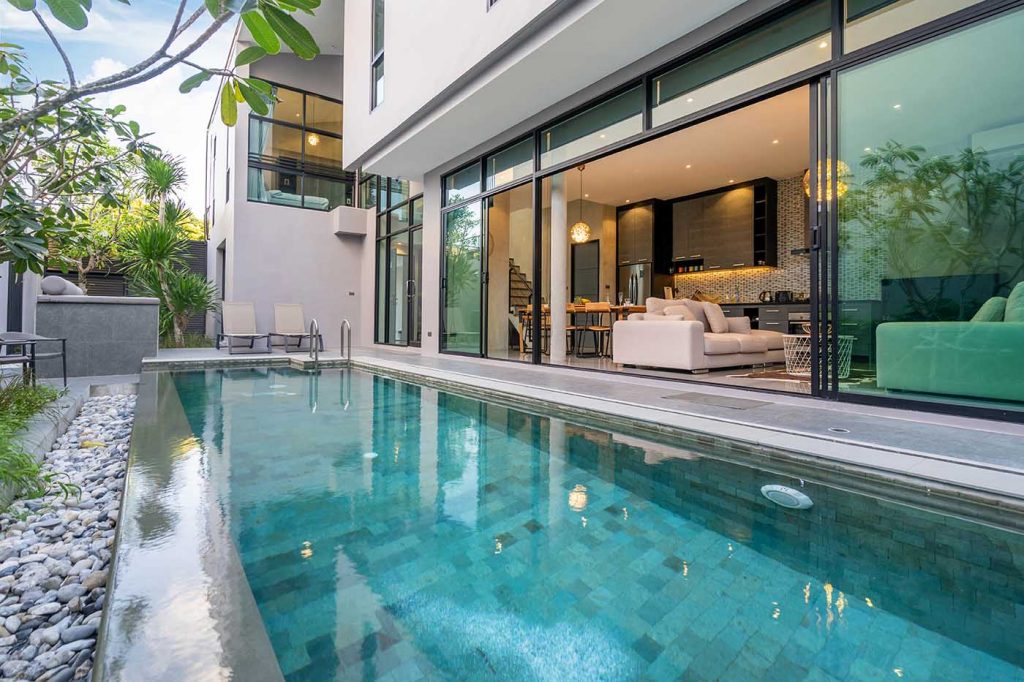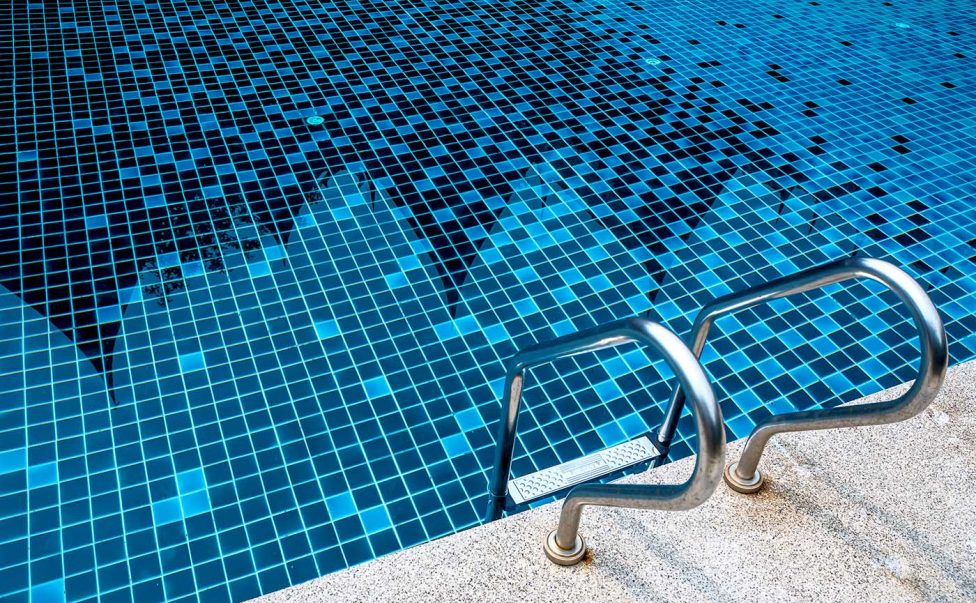Just How Does a Swimming Pool’s Circulation System Work?
The importance of a swimming pool’s circulation running well cannot be underestimated. The sanitisation of the pool is governed by this system and it is this which removes the contaminants within the water which can lead to pathogens such as viruses, bacteria, fungi and protozoa. These can lead to serious ailments. In addition to this, the circulation of the water within a swimming pool is what maintains the heat and clarity of the water. All in all, it is the life system of a pool. But how does it all work?

Skimmers
These are likened to gutters and they help to remove the large debris from the water. They help to circulate the top surface of the pool
Your Pools Drain
These are usually positioned on the pool floor and are used to, as the name suggests, drain the water from the bottom of the pool and take on a large proportion of the water’s circulation.
The Outlets
These are the final places where the water within the pool leaves and enters the circulation system. There can be two different types of outlets namely the vacuum outlet and the deep-water outlet. They are the primary points where the water exits the pool. These are normally located on the bottom part of the pool walls.
The Pool Pump
This can be likened to the heart of the system. It is this which drives the water through the whole system. Without it nothing else would work. Therefore, this is the most important part in terms of maintaining the circulation of the swimming pool. Having reliable pool pumps should be a top priority of any pool owner as if they fail then nothing will continue to operate.
The Pool Filter
This is the next most important piece of equipment in a swimming pool. The water which is drawn towards the pool pump is then pushed through the filter. These come in three types, namely sand, cartridge and diatomaceous earth filters. You can buy quality pool filters in each type and they all have their advantages and disadvantages. Regardless of which you use they all have the same basic effect and that is to remove the impurities which are coming through the circulation system before the water is returned to the pool itself.
A Pool Heater
These are optional because not every pool necessarily needs a heater. The water passes through a heat exchanger so that the water which is coming back into the pool is of the required temperature of the owner. They work off thermostats so they can be adjusted as desired.

Pool Returns
Finally the water having been skimmed, drawn out of the pool by the pump, filtered and then heated needs to return to the pool. Hence the name. These are the point that jet the pressurised, clean and warm water back into the swimming pool and complete the system
Every part of the cycle needs to be operating correctly else you will end up with unclear water, potentially harmful contaminants or excessive electricity bills if things aren’t running efficiently. Regular maintenance should be done to avoid any of these problems and to rectify them before further damage and costs occur.


